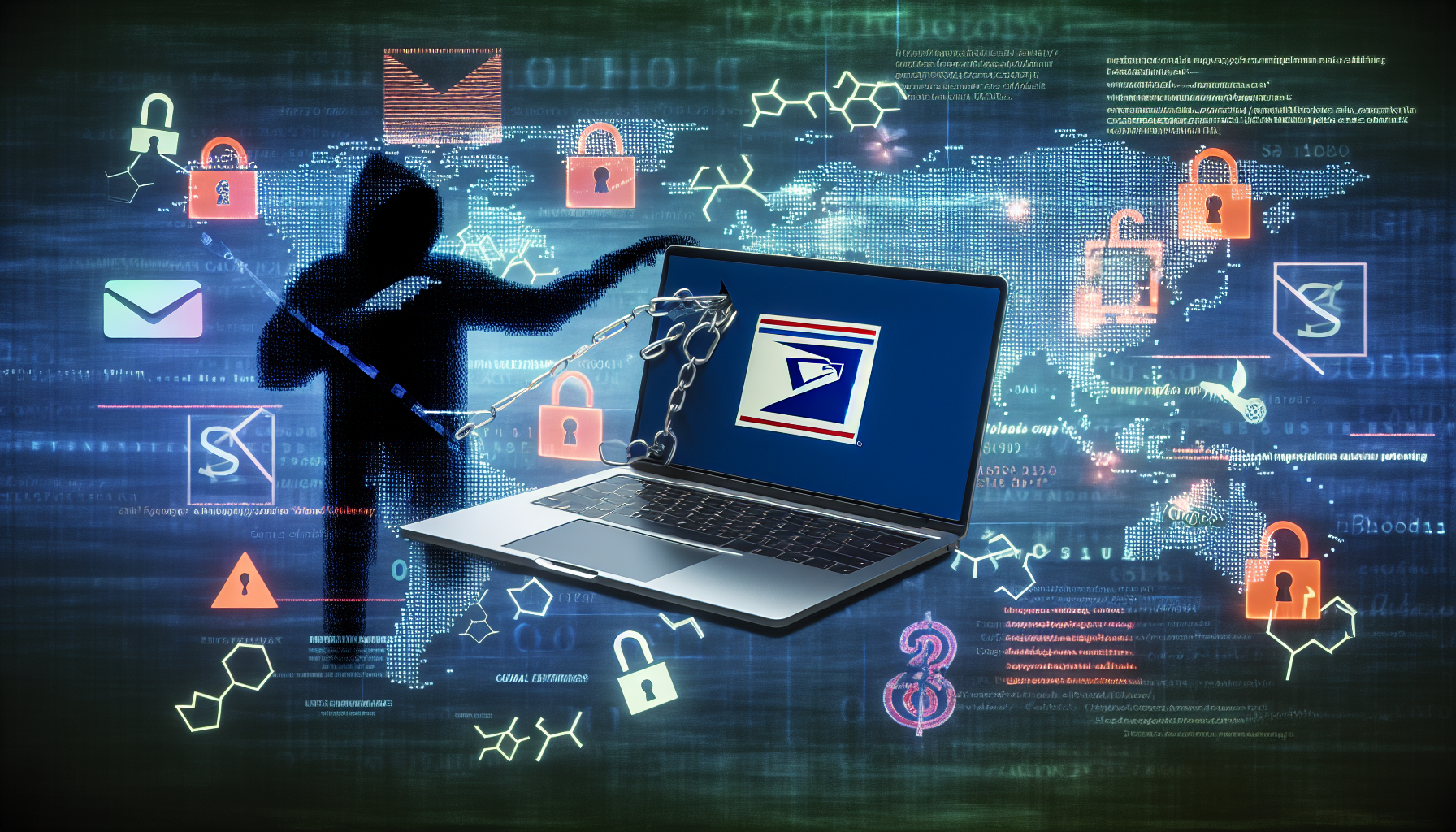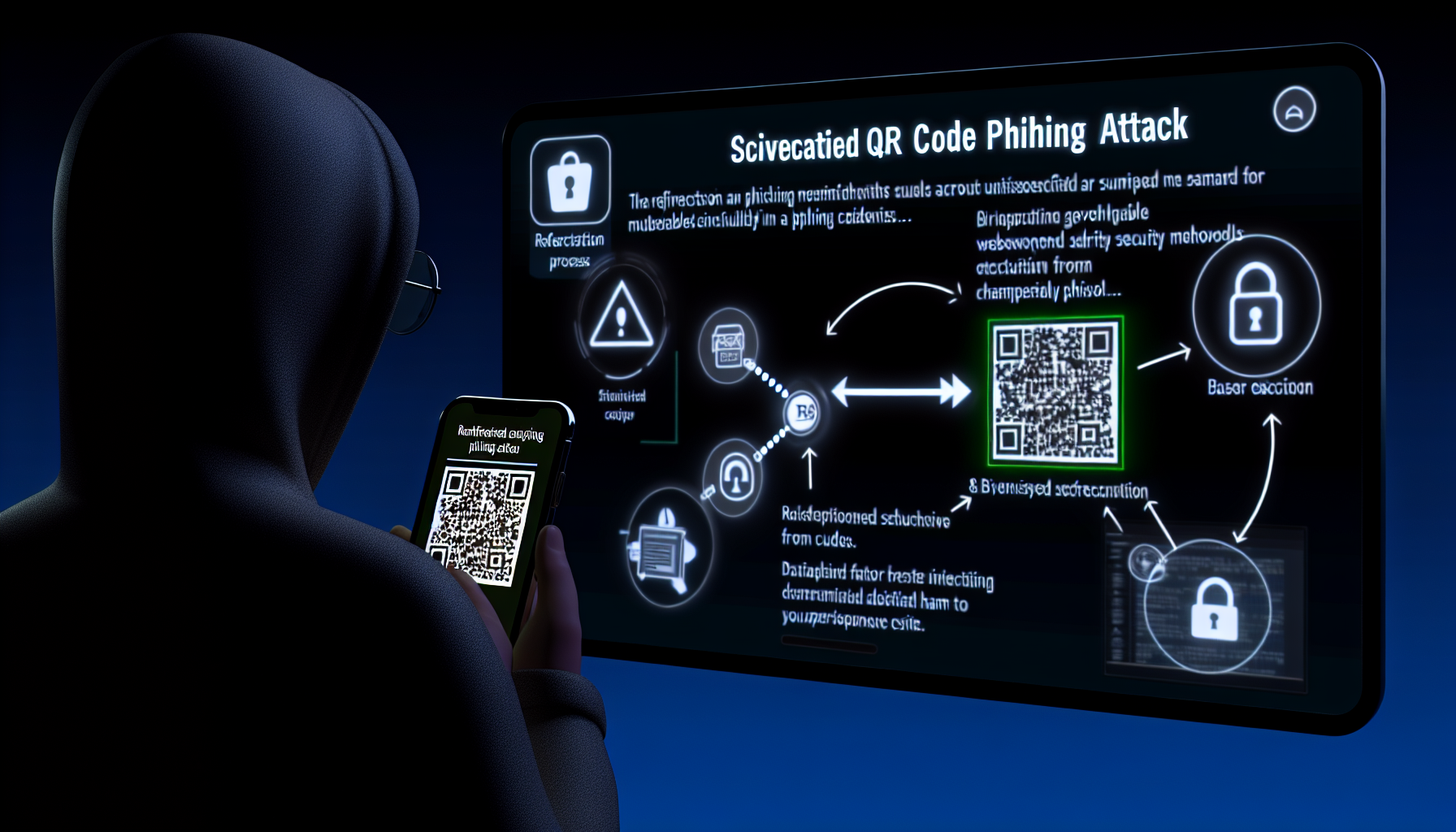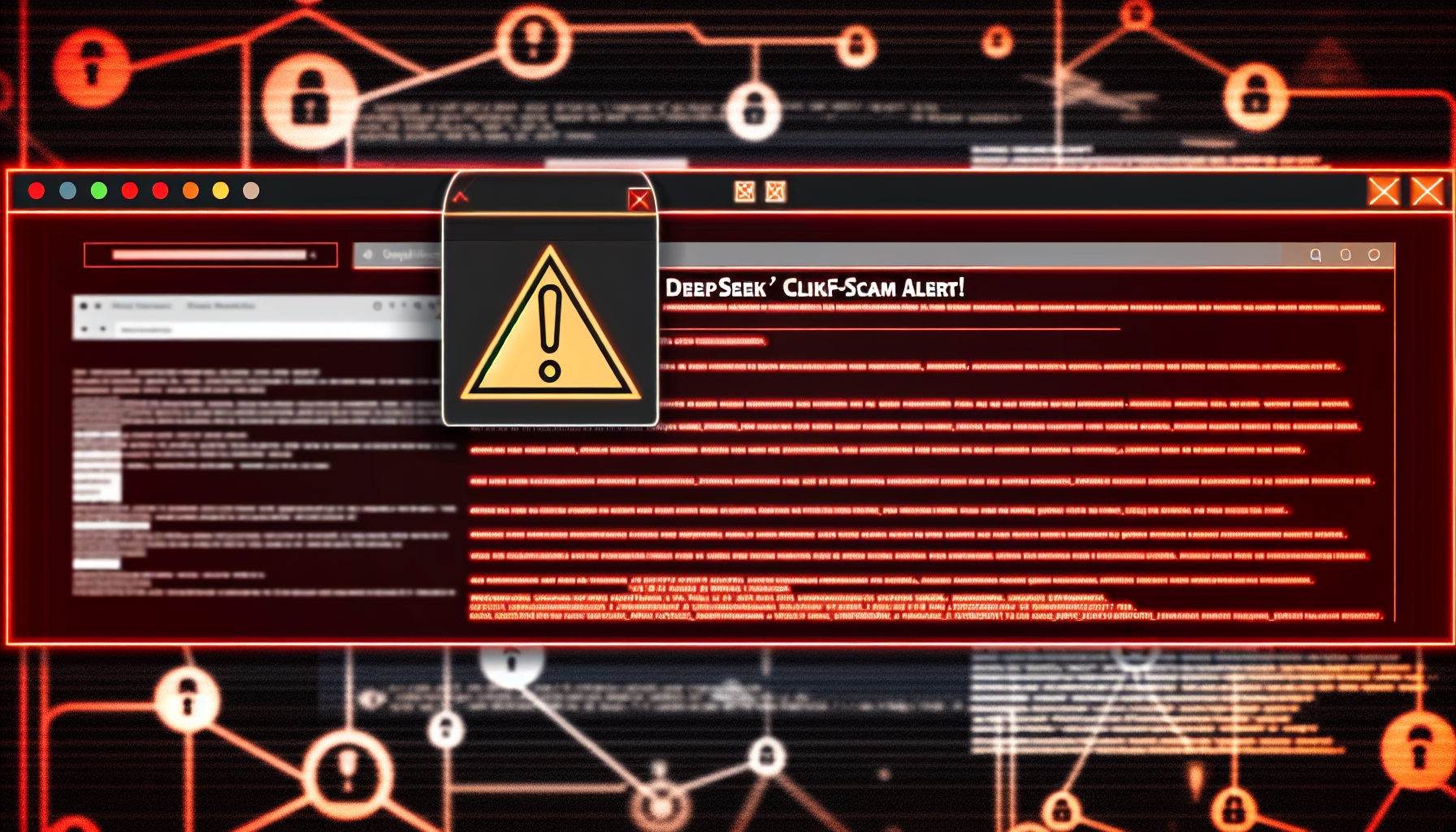Discover more from ESSGroup
Subscribe to get the latest posts sent to your email.

Threat Overview
A sophisticated phishing campaign targeting mobile devices has been discovered, hiding malicious links within PDF files using an advanced obfuscation technique. Disguised as documents from the United States Postal Service (USPS), this novel attack exploits users’ trust in PDF documents and employs social engineering tactics for widespread impact across over 50 countries.
Attack Summary
Attack Methodology
The attackers use multilingual support and encryption techniques to expand their reach, making it difficult for security solutions to detect the malicious links hidden within PDF files.
Recommendations
Mitigation Steps
Subscribe to get the latest posts sent to your email.
Lorem Ipsum is simply dummy text of the printing and typesetting
industry. Lorem Ipsum has been the industry's

Threat Overview
The Security Operations Center (SOC) has recently identified a significant evolution in phishing tactics, as detailed in the latest threat report published by AlienVault on April 1, 2025. This report, titled Evolution of Sophisticated Phishing Tactics: The QR Code Phenomenon, highlights the emergence of QR code-based phishing attacks, commonly referred to as quishing.
QR codes have become ubiquitous in our daily lives, providing a convenient way to access information with a simple scan. However, cybercriminals have exploited this convenience to launch sophisticated phishing campaigns that bypass traditional security measures. These attacks embed malicious URLs within QR codes, enticing users to scan them using their smartphones. Once scanned, the URL redirects the user through a series of legitimate websites and verification processes, ultimately leading to a phishing site designed to harvest sensitive credentials.
Tactics and Techniques
The evolution of these tactics involves several sophisticated methods:
Targeted Credential Harvesting: Some phishing sites are specifically designed to target the credentials of particular victims. By tailoring the attack to known individuals or organizations, attackers increase the likelihood of success.
URL Redirection and Open Redirects: Attackers exploit open redirects on legitimate websites to further obscure the final destination of the phishing URL. This technique makes it challenging for security analysts to trace the origin of the attack.
Human Verification within Redirects: By incorporating human verification steps, attackers ensure that only genuine users reach the phishing site. This reduces the chances of detection by automated security tools and increases the effectiveness of the phishing campaign.
Impact on Security
The use of QR codes in phishing attacks presents a significant challenge to both security detection mechanisms and user awareness. Traditional security measures, such as email filters and web content filters, may not be effective in detecting these sophisticated tactics. Additionally, users are often unaware of the risks associated with scanning QR codes from unknown sources.
Recommendations for Mitigation
To mitigate the risk posed by QR code-based phishing attacks, organizations should consider the following recommendations:
Multi-Factor Authentication (MFA): Implement MFA for all sensitive accounts and systems. This adds an extra layer of security, making it more difficult for attackers to gain unauthorized access even if credentials are compromised.
Advanced Threat Detection: Deploy advanced threat detection tools that can identify and block suspicious URLs and redirection mechanisms. These tools should be capable of analyzing QR codes and their associated URLs in real-time.
Regular Security Audits: Conduct regular security audits to identify and address vulnerabilities in the organization’s security infrastructure. This includes reviewing URL redirection policies and implementing stricter controls on open redirects.
Incident Response Plan: Develop and maintain an incident response plan that outlines the steps to be taken in case of a successful phishing attack. This should include procedures for containing the breach, investigating the root cause, and restoring affected systems.
Collaboration with Security Communities: Engage with security communities and threat intelligence platforms to stay informed about the latest phishing tactics and techniques. Sharing information and best practices can help organizations better prepare for emerging threats.
Conclusion
The evolution of sophisticated phishing tactics, particularly the use of QR codes, poses a significant challenge to cybersecurity. By staying informed about these emerging threats and implementing robust security measures, organizations can better protect themselves against these advanced attacks. Regular user education, advanced threat detection, and a proactive approach to security are essential in mitigating the risks associated with QR code-based phishing.
For more detailed information on this threat report, please refer to the external references provided:
Please check the following page for additional information:
https://unit42.paloaltonetworks.com/qr-code-phishing/

Threat Overview
The security landscape is constantly evolving, with threat actors continually finding new ways to exploit vulnerabilities and distribute malware. One of the latest threats identified by AlienVault involves a downloader malware that leverages an unusual technology stack: JPHP, a PHP interpreter running on the Java Virtual Machine (JVM). This report delves into the specifics of this malware, its methods of operation, potential impacts, and recommendations for mitigation.
Threat Report Details
Published Date: April 17, 2025
Report Name: Downloader Malware Written in JPHP Interpreter
Confidence Level: 100%
Reliability: Completely reliable (A)
Revoke Status: False
Number of Connected Elements: 34
Short Description
The malware in question utilizes JPHP to create a downloader that is distributed within a ZIP file. This ZIP file contains the Java Runtime Environment and necessary libraries, allowing it to execute without requiring a separate Java environment on the target system. The malware establishes communication with a Command and Control (C2) server, disables Windows Defender’s behavior monitoring, and uses Telegram for additional C2 connections. Its capabilities include downloading and executing further payloads, which could potentially include data breach-type malware such as Strrat and Danabot.
Technical Analysis
The use of JPHP is a notable aspect of this threat. JPHP allows PHP code to run on the JVM, providing a unique environment for malware authors to operate within. By bundling the Java Runtime Environment and necessary libraries in the ZIP file, the malware ensures that it can execute on any system without additional dependencies.
Once executed, the malware establishes communication with its C2 server. This server likely provides instructions and additional payloads for the malware to download and execute. The use of Telegram as an additional C2 channel adds another layer of complexity, making detection and mitigation more challenging.
The malware also takes steps to disable Windows Defender’s behavior monitoring. This is a common tactic used by threat actors to evade detection and ensure that their malicious activities go unnoticed for as long as possible.
Potential Impacts
The potential impacts of this malware are significant. By downloading and executing additional payloads, it can facilitate various malicious activities, including data breaches, ransomware attacks, and other forms of cyber espionage. The use of lesser-known technologies like JPHP highlights the need for organizations to be vigilant in scrutinizing executable files and scripts from various sources.
Recommendations
To mitigate the risks associated with this malware, organizations should consider the following recommendations:
Regular Updates: Ensure that all systems are regularly updated with the latest security patches. This includes updating Java Runtime Environment, PHP interpreters, and other relevant software components.
User Education: Educate users about the risks associated with downloading and executing files from unknown sources. Encourage a culture of caution and verification before opening any executable or script file.
Incident Response Plan: Develop and regularly update an incident response plan that includes steps for detecting, containing, and mitigating malware infections. This plan should be tested periodically to ensure its effectiveness.
Third-Party Security Tools: Consider using third-party security tools that specialize in detecting and mitigating advanced threats. These tools can provide additional layers of protection against sophisticated malware like the one described in this report.
Conclusion
The discovery of downloader malware written in JPHP highlights the evolving nature of cyber threats. Threat actors are continually finding new ways to exploit technologies and evade detection. Organizations must remain vigilant and proactive in their security measures to protect against such threats. By implementing enhanced monitoring, behavioral analysis, regular updates, user education, incident response plans, and third-party security tools, organizations can significantly reduce the risks associated with this malware.
For additional information, please refer to the following external references:
Please check the following page for additional information: https://asec.ahnlab.com/en/86859

Threat Overview
On February 11, 2025, AlienVault published a report titled ‘DeepSeek ClickFix Scam Exposed! Protect Your Data Before It’s Too Late,’ exposing cybercriminal activities exploiting the popularity of DeepSeek. This report highlights a sophisticated phishing campaign using fake CAPTCHA links to steal credentials and install malware such as Vidar and Lumma Stealer.
Threat Actor
The actor group behind this campaign is unknown, but their tactics indicate a high level of sophistication in social engineering and malware distribution.
Campaign Details
The campaign impersonates DeepSeek’s branding to appear legitimate. It uses Cloudflare for masking its true nature and evading detection. The malware incorporates social media platforms for updates, support, and command-and-control functionality.
A malicious domain was discovered distributing malware via deceptive verification buttons. This domain exploits user trust in popular services like DeepSeek to trick victims into compromising their security.
Mitigation Recommendations
Expert Comments
Cloudsek (https://www.cloudsek.com/blog/deepseek-clickfix-scam-exposed-protect-your-data-before-its-too-late) and AlienVault OTX (https://otx.alienvault.com/pulse/67ab3a87b8620d85b496d5ab) provide additional insights into this threat. Stay vigilant and monitor your systems for any signs of compromise.
Status: This report is completely reliable with a confidence level of 100.

Subscribe now to keep reading and get access to the full archive.